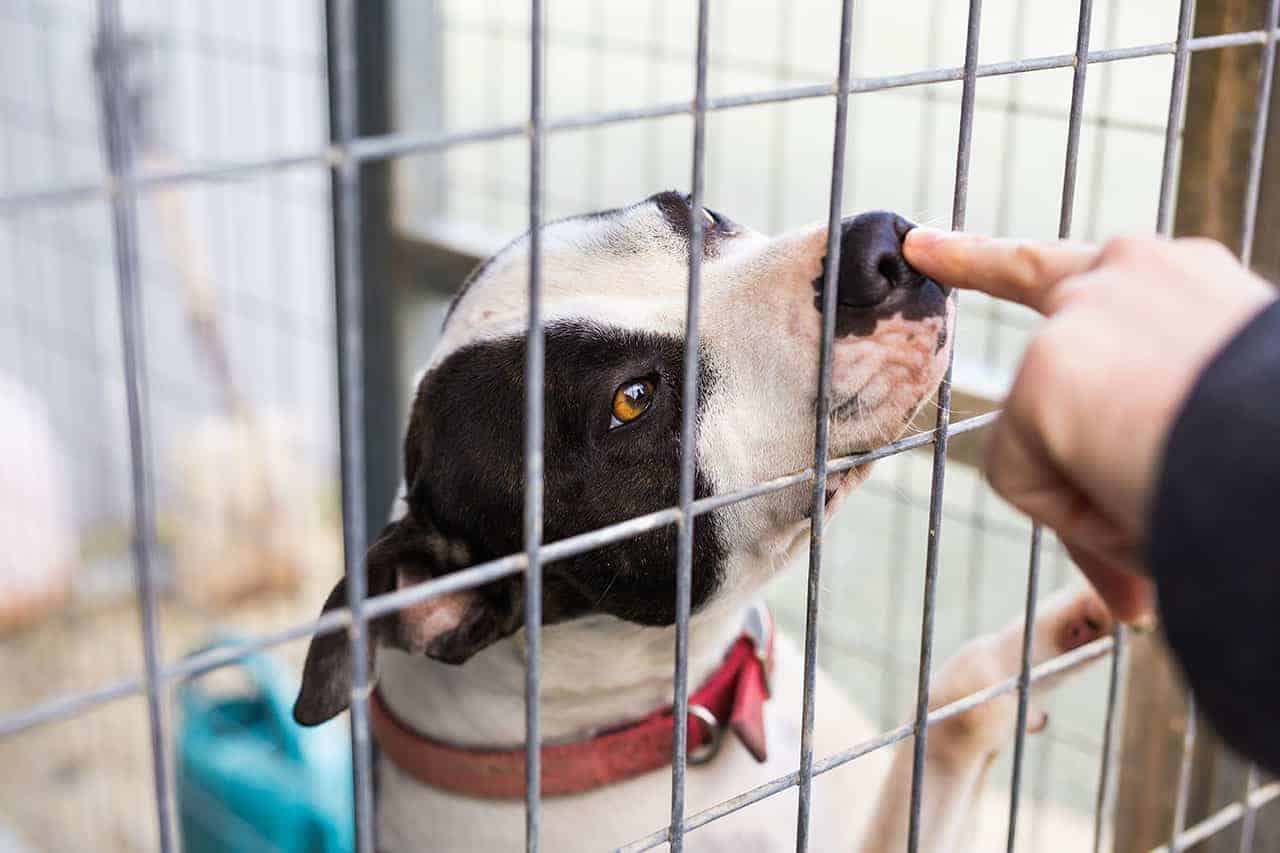How To Crate Train Your Dog
Crate training is something of a divisive subject in the dog owning world. Some people believe it’s necessary to establish a space for their dog to be left in while they’re out, while others believe it’s cruel to shut a dog in a small space. Dogs are nest animals, and so appreciate having a space to call their own. Whatever your views on crate training, it can be very useful to establish a space for your dog.
The most important thing to remember is to not use the crate as a punishment. This will lead your dog to see it as a bad place, and they will become anxious whenever they are left in it. When you first buy the crate, make it appealing to your dog. Fill it with comfy blankets and a nice bed, and put in a few of their favorite toys. This will make your dog interested in the crate, and make the training experience much easier.

Like with any training, you have to build things up gradually. Start by enticing your dog into the crate and give them some fuss when they go in. Once you’ve got them used to the idea of going in the crate, you can try shutting the door. Make sure you leave the room, as your dog will get confused if you just stand there looking at them. Only leave for about 5 minutes though so your dog doesn’t get too anxious.
Make sure you gradually increase the amount of time they’re left alone in the crate. If your dog gets anxious when left alone, leave the TV or radio on for them as background noise. If there’s space in the crate, be sure to leave a bowl of water and some toys to keep them amused. Also, while training your dog to be left alone, make sure nothing disturbs them while they’re in the crate. You don’t want them to get excited and try to barge their way out.
It should really go without saying, but don’t leave your dog alone for ages. This is true regardless of whether they’re in a crate or not, but one of the main drawbacks of being in a crate is the lack of exercise. It’s probably not a good idea to leave them in a crate for more than 6 hours, or 8 at the absolute maximum. They’ll need to go to the toilet after all, and it’s probably best to avoid this happening in the crate.
Although public opinion on crates is split, they can be a very useful way of keeping your dog in check while you’re out. This is especially useful for dogs that have destructive tendencies, and should hopefully save your furniture. The most important thing to remember is that the training process needs to be fun for your dog, and the crate can’t be associated with punishment. If this is done properly, your dog will be perfectly happy to be left alone in their crate.

